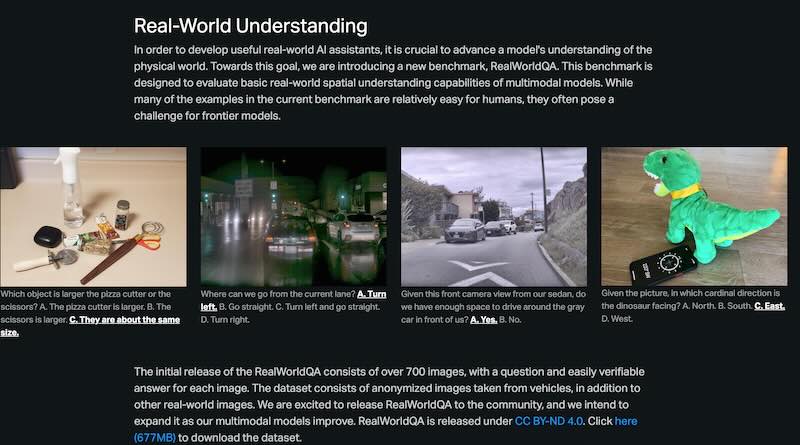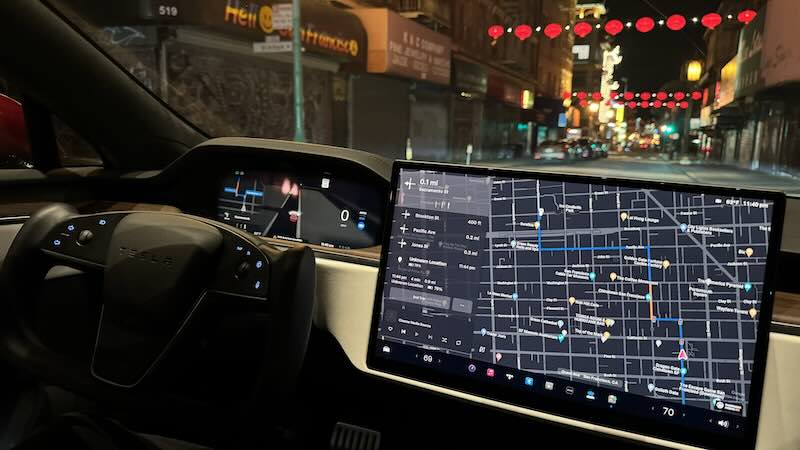The pursuit of fully autonomous vehicles has captivated the tech industry for years, with companies pouring billions into research and development. However, as the field progresses, it’s becoming clear that the path to self-driving cars is more complex than initially anticipated, mirroring the challenges faced in other areas of AI.
While significant strides have been made in autonomous driving technology, the industry is still in a transitional phase. Major players, including Tesla, are working on end-to-end models that integrate cameras, (Tesla end-to-end neural networks), lidar, and radar. However, these systems have yet to reach the sophistication of advanced language models like GPT-4.
The journey from current capabilities to full autonomy is comparable to the leap from GPT-3 to GPT-4, which took over two years. This suggests that the autonomous driving industry is in the midst of a similar evolutionary process, with significant advancements on the horizon.
Primary obstacles in developing fully autonomous vehicles is the limitations of current data collection and processing methods. Relying solely on camera data, even when supplemented with lidar and radar, may not be sufficient to create a system capable of handling all driving scenarios.
To overcome this hurdle, intelligent driving models will need to incorporate a deep understanding of real-world physics, interpret various types of textual information, and comprehend complex image semantics. This multifaceted approach requires a dataset that is both multi-modal and extensive in scale.
Another crucial aspect in the development of autonomous driving systems is the incorporation of human-like reasoning. As suggested by industry experts, some complex driving decisions may require datasets that demonstrate the step-by-step thought process of human drivers. Without this insight, models may struggle to grasp the nuances of intricate driving scenarios.
This realization has led to the exploration of new concepts such as Vision-Language Models (VLM) and world models. These approaches aim to imbue AI systems with more sophisticated reasoning capabilities, moving beyond simple pattern recognition.
The development of truly autonomous vehicles will likely require a shift away from purely end to end models that learn solely from human driving behavior. Instead, the focus is turning towards creating AI systems with inherent reasoning capabilities.
Currently, no company has fully developed the engineering capabilities to train intelligent driving models at the world model level. Even industry leaders like Tesla are exploring collaborations, such as with xAI, to push the boundaries of what’s possible, brings vivid visuals to the multimodal AI revolution.

As the field progresses, it’s becoming increasingly clear that the development of large-scale AI models for autonomous driving will remain the domain of industry giants. Startups entering this space should be aware of the significant resources and expertise required to compete at this level.
The road to full autonomy is long and winding, but as AI continues to evolve, we may find ourselves closer to the destination than we think. After all, in the world of autonomous driving, every mile driven brings us one step closer to a self-driving future.
Related Post
Grace Tao, Tesla Global VP, on Autonomous Driving and the Future of New Energy Vehicles
Baidu IDG Chief R&D Architect Wang Liang on Tesla FSD V12 and LiDAR vs Vision
Tesla Robotaxi Dream: The 5x Multiplier for Profits and Impact?
